
6 minute read
The Contact Zone
Conceptual model of the Arctic terrestrial biome - taxonomies and interdependencies
anthropogenic and natural disturbance
Advertisement
landscape change, contaminants, fragmentation, non-native species, resource extraction, disturbance, toxins, harvesting, infrastructure, tourism, fire
altered distributions, communitites, health, phenology, foodwebs, pathogens, migration
climate and atmospheric conditions
temperature, precipitation, snow cover and depth, ice extent, solar radiation, climate change, wind, storms, flooding
migration
mammals
vegetation and fungi
ocean
nutrients, moisture
physical characteristics
physiographic setting, geology, elevations, topography, elevation, permafrost, nutrients competition, predation
birds
irritation, parasites, disease predation predation parasitism, disease
polination, nutrient cycling, decomposition
habitat, forage
intervertebrates
soil resources
habitat, forage
habitat, forage
freshwater resources
habitat, forage
landscape elements community, composition, spatial configuration, landscape dynamics
Mary Louise Pratt used the term “contact zones” to describe those spaces where “cultures, meet, clash and grapple with each other, often in contexts of highly asymmetrical relations of power, such as colonialism, slavery, or their aftermaths as they are lived out in many parts of the world today”.
In the digtal, these contact zones can be exagerated to reveal often unexpected relations between agents across species, sclaes and timeframes.
In my project, I focus on non-human and more-than-human agents in these contact zones. Rather than taking a position that attempts a complete (and completely utopian) abandonment of anthropomorphic thinking, we need to adopt more encompassing and critical forms of thinking beyond the human. In doing so, I consider so called contact zones - spaces where “cultures (and species) meet, clash and grapple with each other, often in contexts of highly asymmetrical relations of power”. In the digital, these contact zones can be exaggerated to reveal often unexpected relations between agents across species, scales and timeframes.
Conceptual model of the Arctic terrestrial biome, created to support development of the Circumpolar Biodiversity Monitoring Program - Arctic Terrestrial Biodiversity Monitoring. The model shows key biotic groups (e.g., mammals and invertebrates), relationships among those groups (arrows), and system drivers (e.g., anthropogenic and natural disturbance)
One aisle of a managed poplar forest in Tuscany Mixed temperate forest, part managed, part natural regeneration
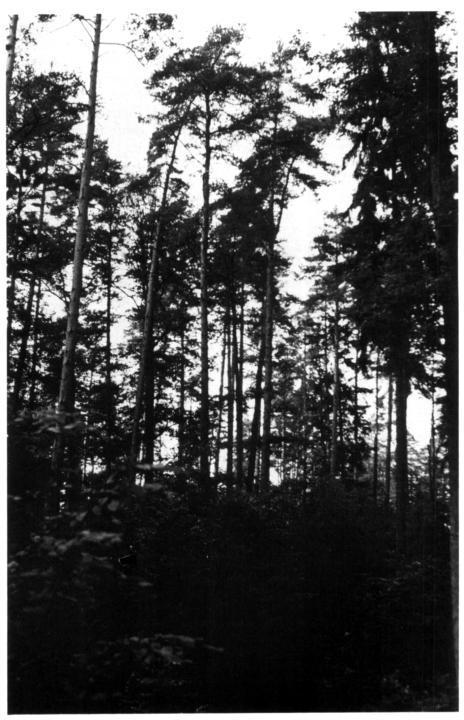
The Environment is not a system, Tega Brain
‘Both Scott’s scientific forest and Tsing’s plantation are examples of the complex interplay of economics and numerical approaches to landscape management, processes that are now accelerated through contemporary computation. What they show us is that data collection and modeling practices are never neutral. Rather, they reflect what is deemed important or trivial in the eyes of the modeler and therefore are profoundly shaped by economics, hubris and culture.
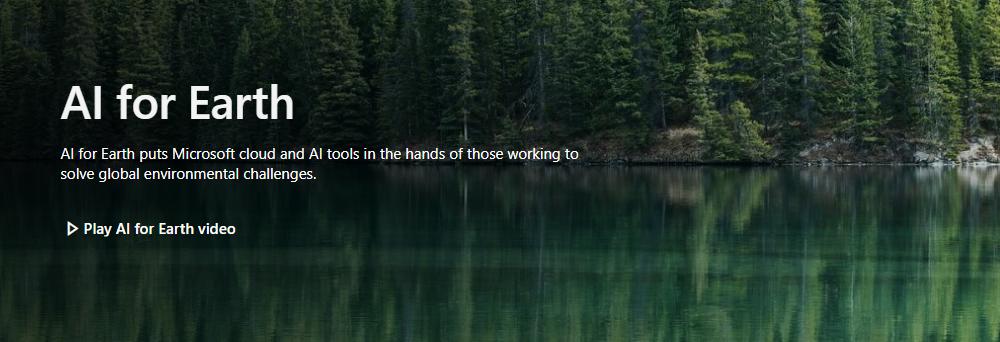

AI for Earth, Microsoft
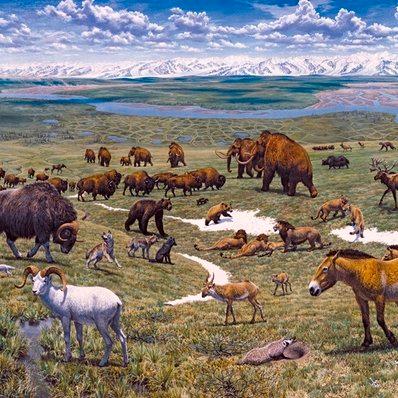
Rewilding Siberia
In northeastern Siberia, where an attempt is being made to re-create the northern subarctic steppe grassland ecosystem that flourished in the area during the last glacial period. In its most radical form, Pleistocene rewilding seeks to reintroduce the megafauna, from mammoths and giant ground sloths to sabre- toothed cats, which roamed the plains of Europe and the Americas until they were wiped out by humans 10,000 years ago. In the many cases where the mega fauna in question are now extinct, according to the principles of rewilding, the closest surviving species should be introduced, even if they were never native to the area in question.
The most dramatic rewilding project to date involves creating a vast Pleistocene Park in the wilds of Siberia, where the reintroduction of bison, moose and wild horses aims to trans form the water logged and mossy tundra into a diverse, grassy steppe, similar to the habitat once enjoyed by mammoths. Criticism of such projects has focused on the risk that introducing mega fauna to habitats that have evolved without them for thousands of years could have a negative environmental effect, while barbed warnings about the dangers of `Frankenstein ecosystems’ high lights the survival within rewilding of the technocratic urge to interfere with nature.
The aim of the project is to research the climatic effects of the expected changes in the ecosystem. Here the hypothesis is that the change from tundra to grassland will result in a raised ratio of energy emission to energy absorption of the area, leading to less thawing of permafrost and thereby less emission of greenhouse gases.It is also thought that removal of snow by large herbivores will further reduce the permafrost’s insulation.
To study this, large herbivores have been released, and their effect on the local fauna is being monitored. Preliminary results point at the ecologically low-grade tundra biome being converted into a productive grassland biome and at the energy emission of the area being raised
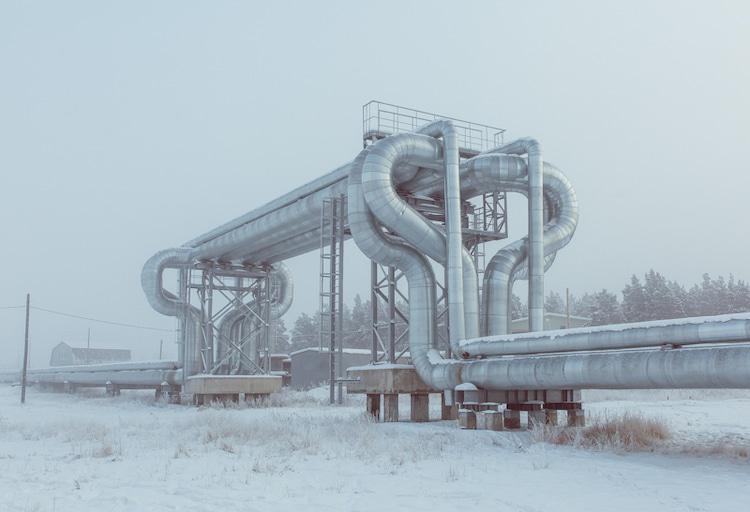
Utility lies raised above ground to protect permafrost from heat leakage. Yakutsk received the nickname ‘The city with guts out.’ thermokarst activity - a process that produces characteristic landforms such as pits, valleys, hummocks as a result of the thawing of ice-rich permafrost or the melting of massive ice aafter which the ground settles unevenly

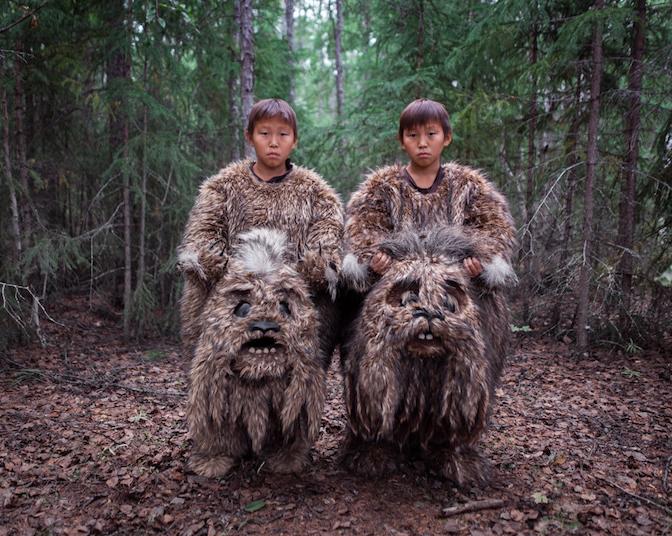
Twins Semyon and Stepan starred in the fairy tale “The Old Beyberikeen” in the roles of mythical creatures living in the swamps—dulgancha. It is the first time they’ve participated in a film. They got into the film thanks to casting in Yakutsk. They traveled from their small village in Amginsky ulus a few hundred kilometers far away. A film set on the Lena River during the filming of ‘Khara Khaar’ (Black Snow) directed by Stepan Burnashev, in March 2019.

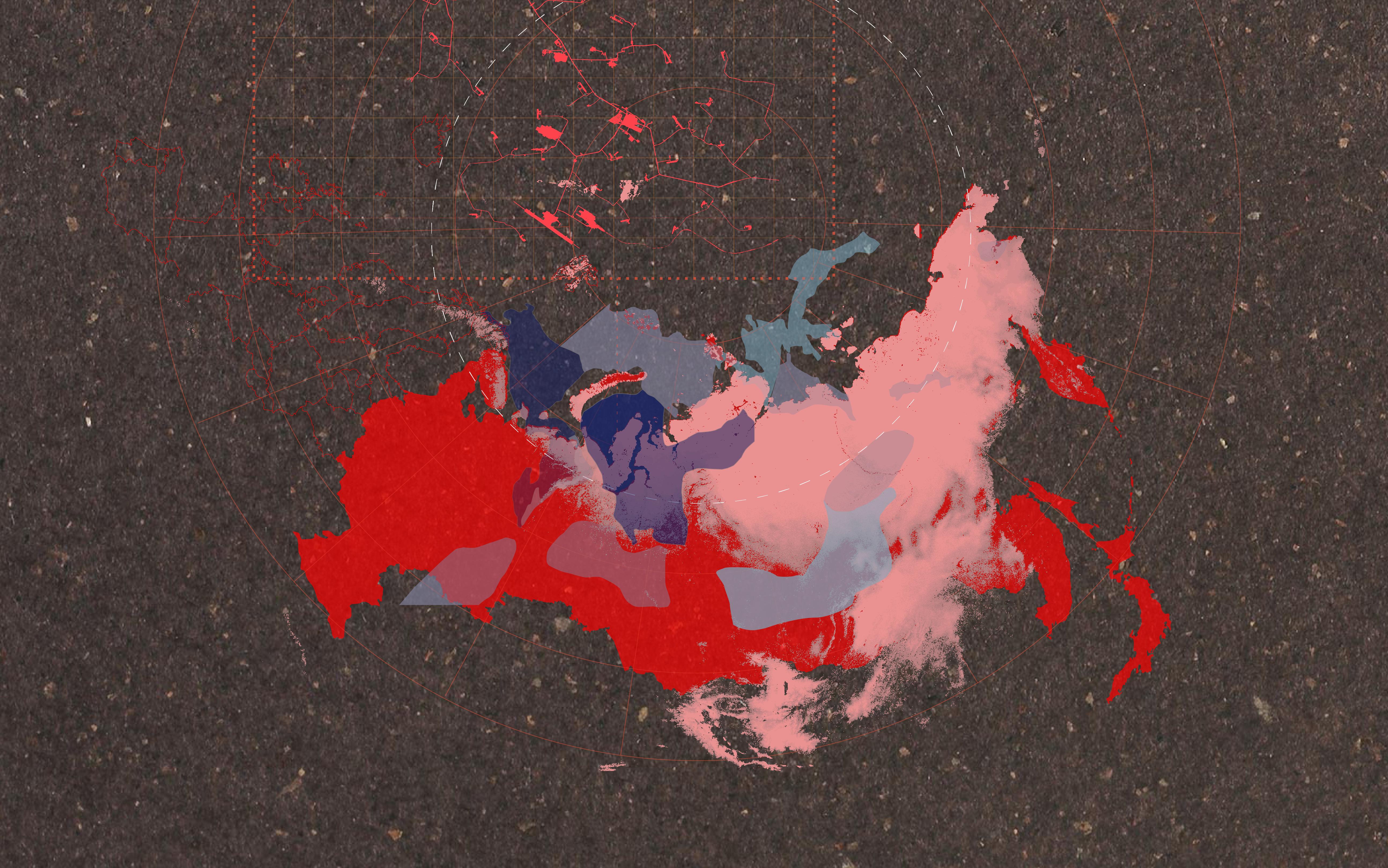
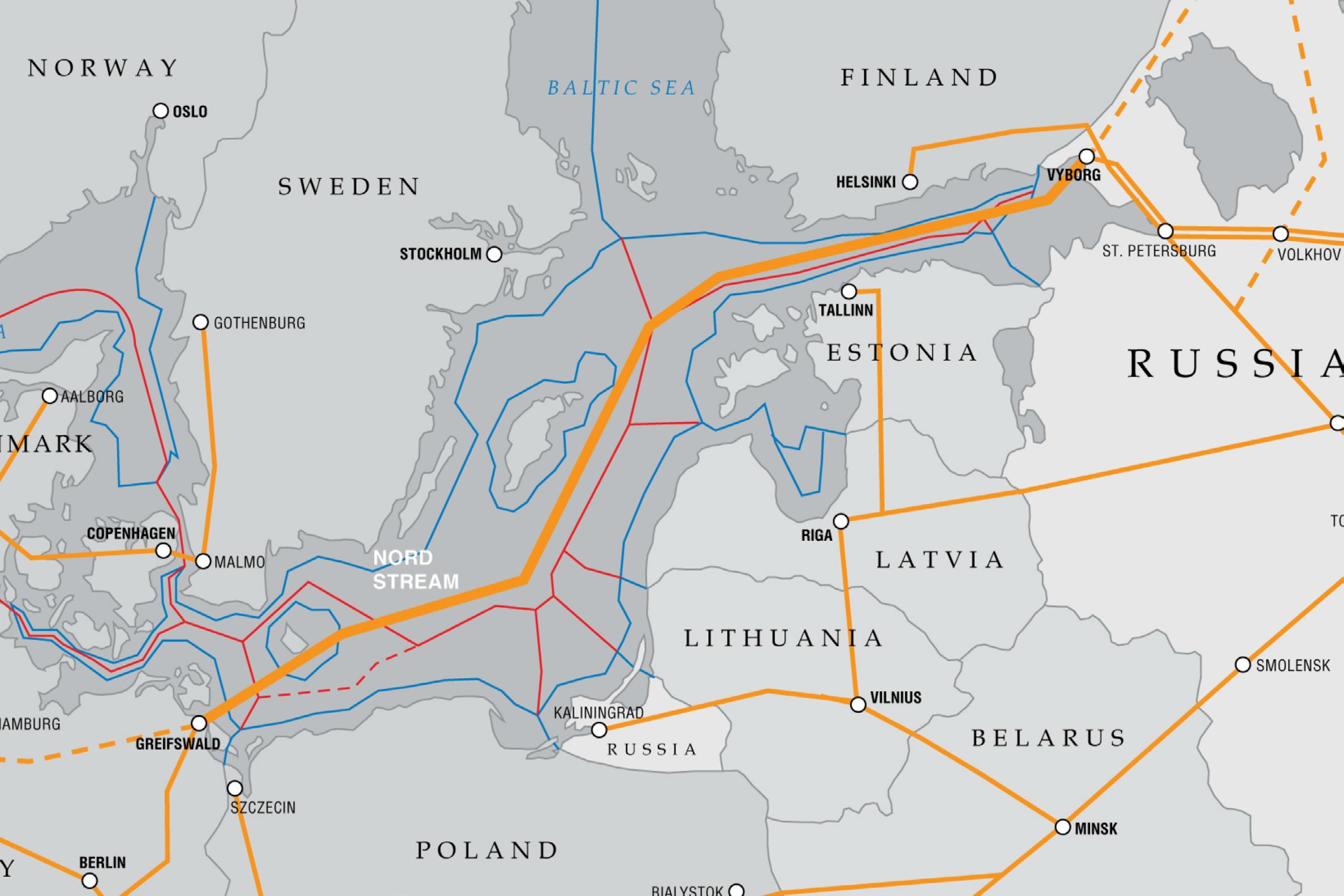
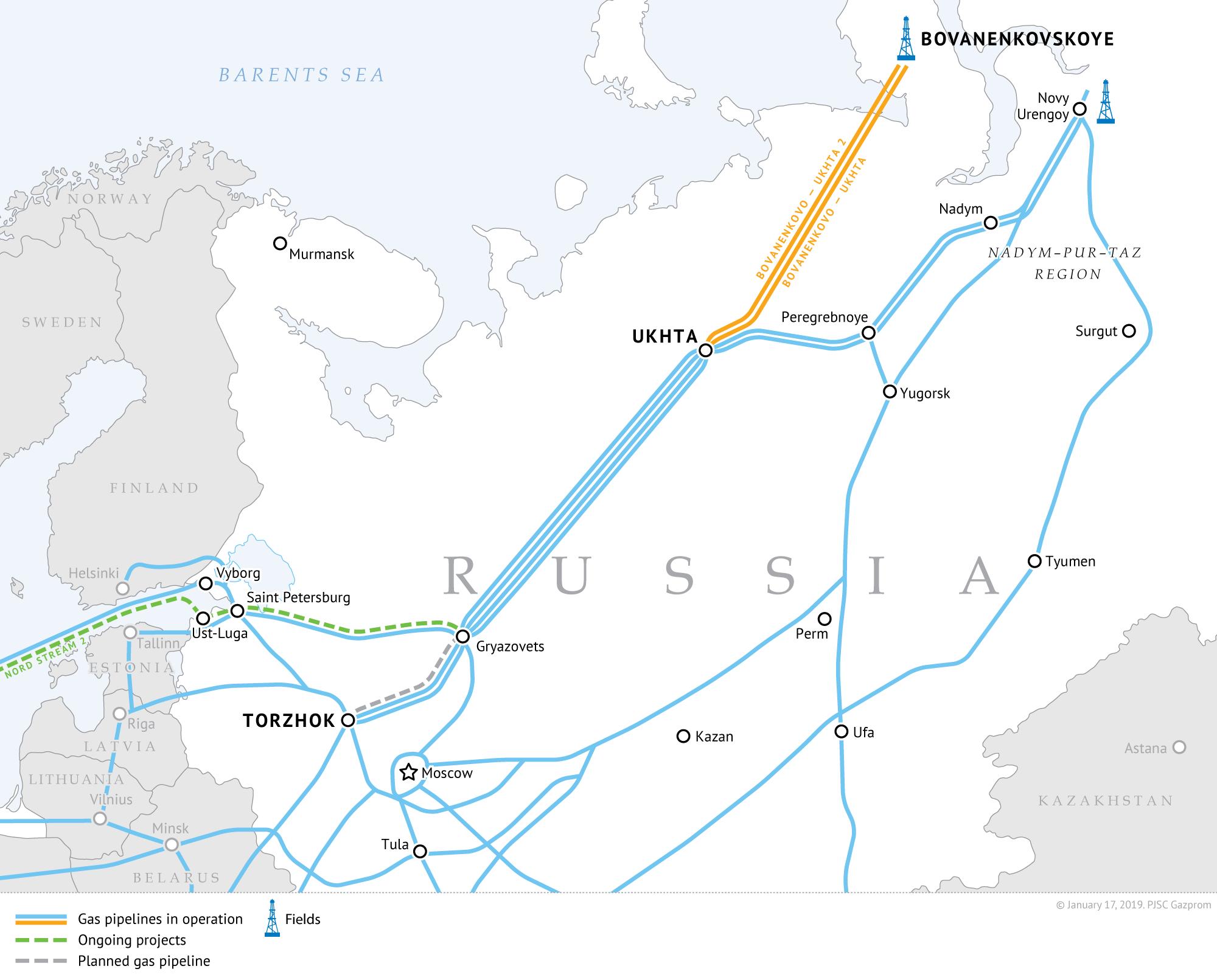
Kremlin-controlled gas group Gazprom will commence pipe laying in a section of the Baltic Sea administered by Denmark on Friday, despite measures from Washington designed to cripple the politically divisive project financed by five of Europe’s biggest energy companies. The US, backed by Poland and other eastern EU states, claims the pipeline is a political project designed to increase Europe’s reliance on Moscow and bypass already existing pipelines through Ukraine. Russia and Germany say it is a purely commercial initiative to meet future higher gas demand in Europe.
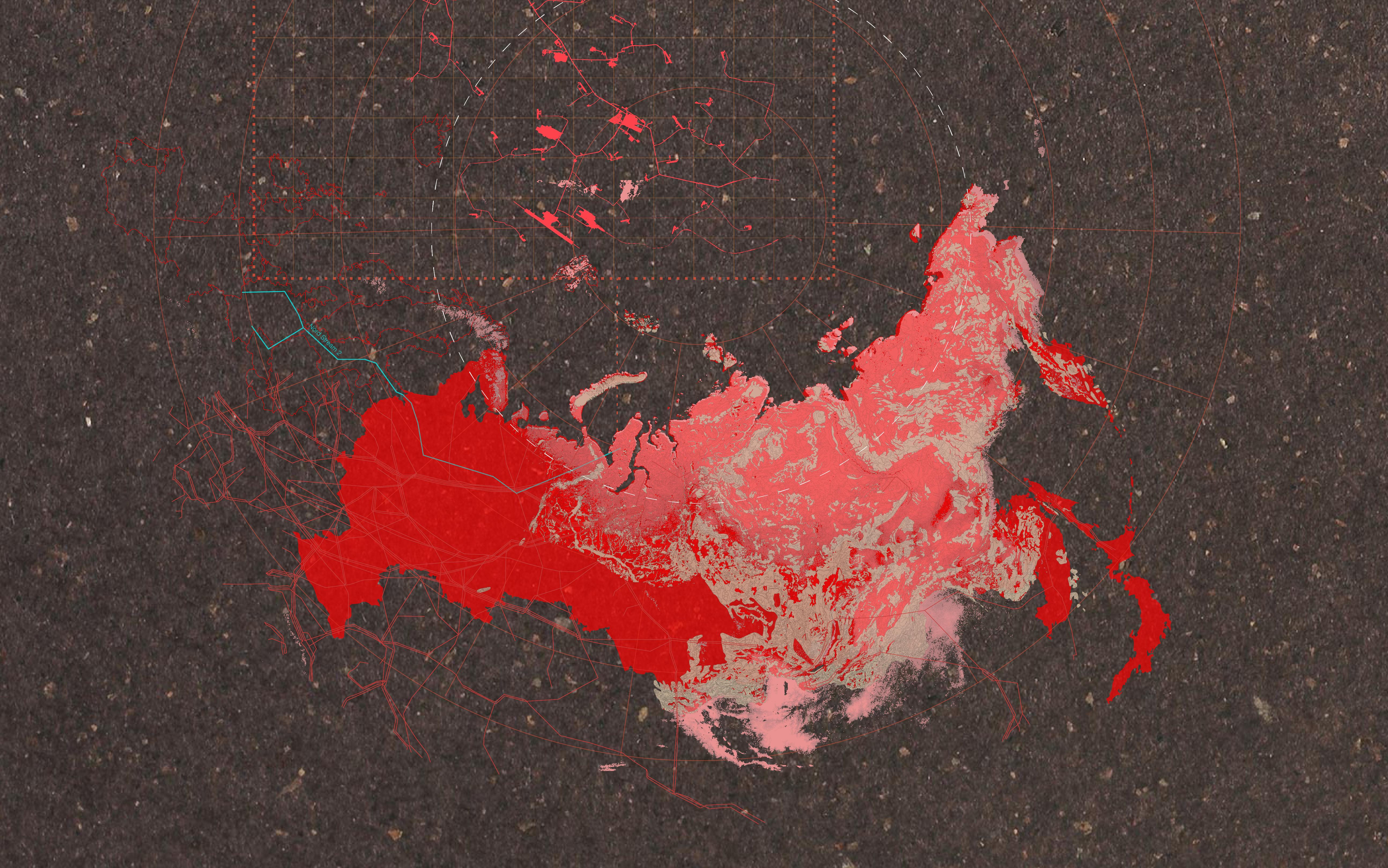

Port of Sabetta
The Port of Sabetta is a new seaport under construction on the western shore of the Ob Bay in the Yamal Peninsula of Russia. The new port is being developed by the Russian gas company Novatek, in partnership with the Government of Russia.
The Port of Sabetta forms a key part of the ongoing Yamal LNG project, which involves the design and construction of an integrated onshore LNG facility which processes the feedstock from South-Tambeyskoye field.
The construction of the port started in July 2012 and is scheduled for completion in 2016. The new port will facilitate shipment of LNG from the Yamal facility to the countries of Western Europe, North and South America, and the Asia Pacific region. The Port of Sabetta will also lay the foundation for further development of hydrocarbon fields located in the Yamal Peninsula and the Gulf of Ob, by providing the critical shipping infrastructure in the icy waters of the Ob Bay and the Northern Sea Route.
The port can also be used for shipping goods other than hydrocarbons.
The port is expected to export 15 million tonnes of cargo in 2018. Annual shipments of cargo at Sabetta are expected to reach 30.7 million tonnes and 50 million tonnes respectively in the years 2020 and 203










